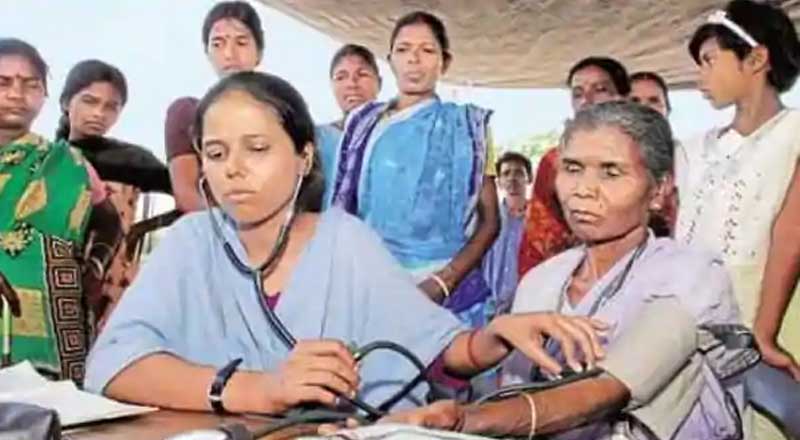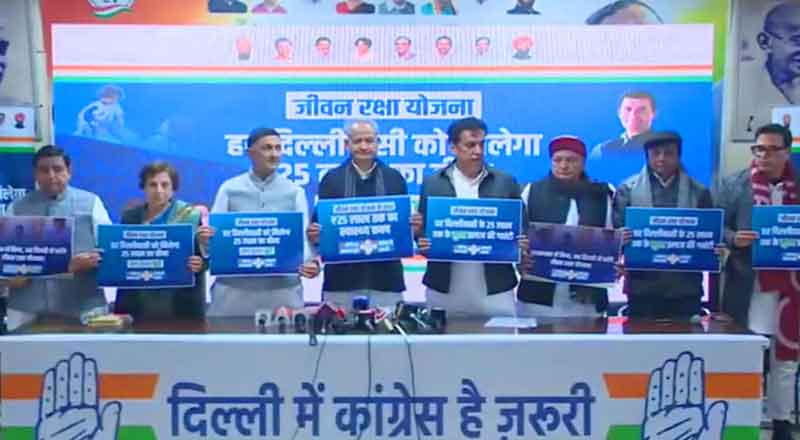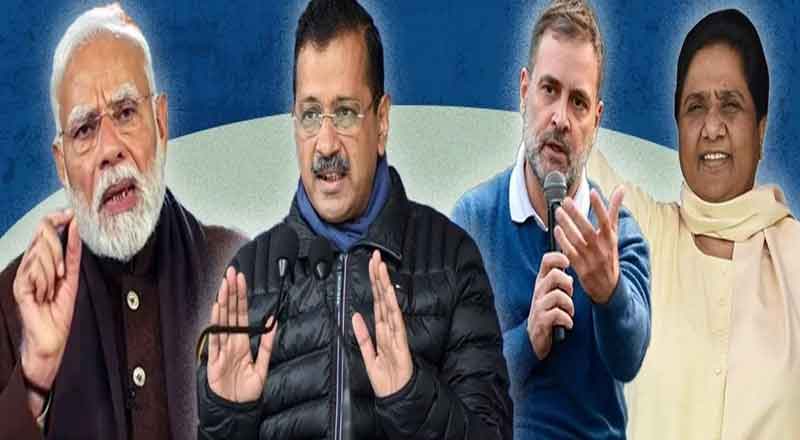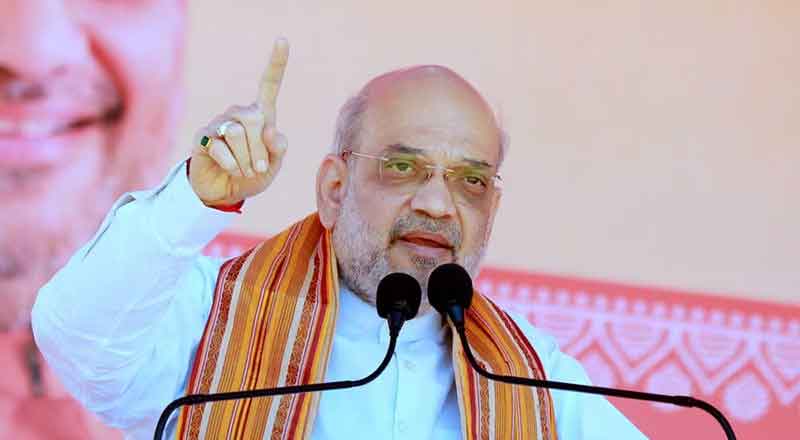The most startling lesson from global experience is that shutdowns may be killing almost as many people as the Covid virus. The supposed cure is almost as bad as the disease.
The Financial Times, London, analysed excess mortality in March and April — the excess of deaths in these two months compared with the average for five preceding years — for several countries, mostly European. It found excess mortality was a whopping 49%, but Covid caused barely half the excess. Perhaps the non-Covid deaths included some undetected Covid deaths. But in the main they were caused by the lockdown’s side effects. Lesson: India must take precautions and innovate on safety measures but also resume economic activity as fast as possible.
Excess mortality was 60% in Belgium, 51% in the Netherlands, but only 12% in Sweden. Now, Sweden was the only European country that refused to lock down, and kept going while advocating social distancing, frequent hand washing and constant sanitisation. This suggests that India’s lockdown, the strictest in the world, may have killed the economy without saving lives, because any reduction in Covid deaths may have been offset by excess mortality caused by the lockdown. India urgently needs analysis of its own excess mortality.
This is concentrated in cities — 1,500% in Jakarta, 299% in New York and 96% in London. Doctors say patients coming for other ailments including heart disease, strokes and cancer have fallen dramatically. People with symptoms avoid hospitals, fearful of catching Covid in the crowds there. The entire medical system has shifted focus so overwhelmingly to Covid that other diseases are being neglected. All “nonessential surgeries” have been halted, and most ICU beds are reserved for Covid. This attempt to check Covid has unwittingly increased deaths from other causes.
Cancer Research, UK, says the number of patients with suspected cancer being referred to hospital specialists has fallen dramatically, so perhaps 2,000 cancers are being missed every week. Of these, 400 are being missed because normal screening for breast and bowel cancer has been suspended. Two million scheduled surgeries in the UK alone have been postponed.
Indian private hospitals say that the lockdown has meant a collapse of surgeries and outpatient visits, leading to empty ICU beds and huge financial losses. They desperately need financial help from the government to pay salaries and stay open.
India has 25 million cases of TB with 440,000 deaths per year. WHO estimates that India has 15 million malaria cases causing 20,000 deaths per year. The lockdown has disrupted preventive anti-malaria programmes in most states. The thousand-odd deaths caused by Covid look trivial compared with the mass deaths caused by other diseases getting low priority.
The lockdown has substantially reduced deaths from traffic and workplace accidents. Murders have fallen as criminals stay locked down. So, non-Covid deaths should have fallen sharply the world over. Alas, the lockdown has caused the opposite.
A Yale University study finds that from early March to April 4, the US had 15,400 excess deaths. The share of Covid in excess deaths was only 53% for the US, ranging from 77% in Michigan to just 18% in Maryland.
Former chief statistician Pronab Sen says, rightly, that India must save not just lives but enterprises, which provide livelihoods. Half of India’s productive capacity has been locked down. India has 65 million enterprises, of which only 4 million are formally registered. The unregistered ones account for the bulk of employment and being killed en masse by the lockdown. If you cannot save these enterprises by restarting the economy, you will kill both enterprises and people. GDP has crashed in the US, Japan and China. India will follow. It is the worst downturn since the Great Depression.
Global experience shows India should be spending massively to save people and enterprises. Japan is spending an additional 20% of GDP, the first US package cost 10% of GDP and a second may be 6%. India’s pathetic rescue package is under 1% of GDP, disgracefully low. It must be quintupled. Since fiscal space is limited and falling with the collapse in tax revenue, RBI must print massive sums to pump at least 5% of GDP to save enterprises and lives. Some economists fear this will cause inflation, but much bigger money-printing in other countries has not raised prices.
The biggest lesson is that stimulus packages have failed to prevent GDP from crashing in the US, Japan and Europe. The only stimulus that matters is a resumption of economic activity. Easing shutdown is risky but necessary.





